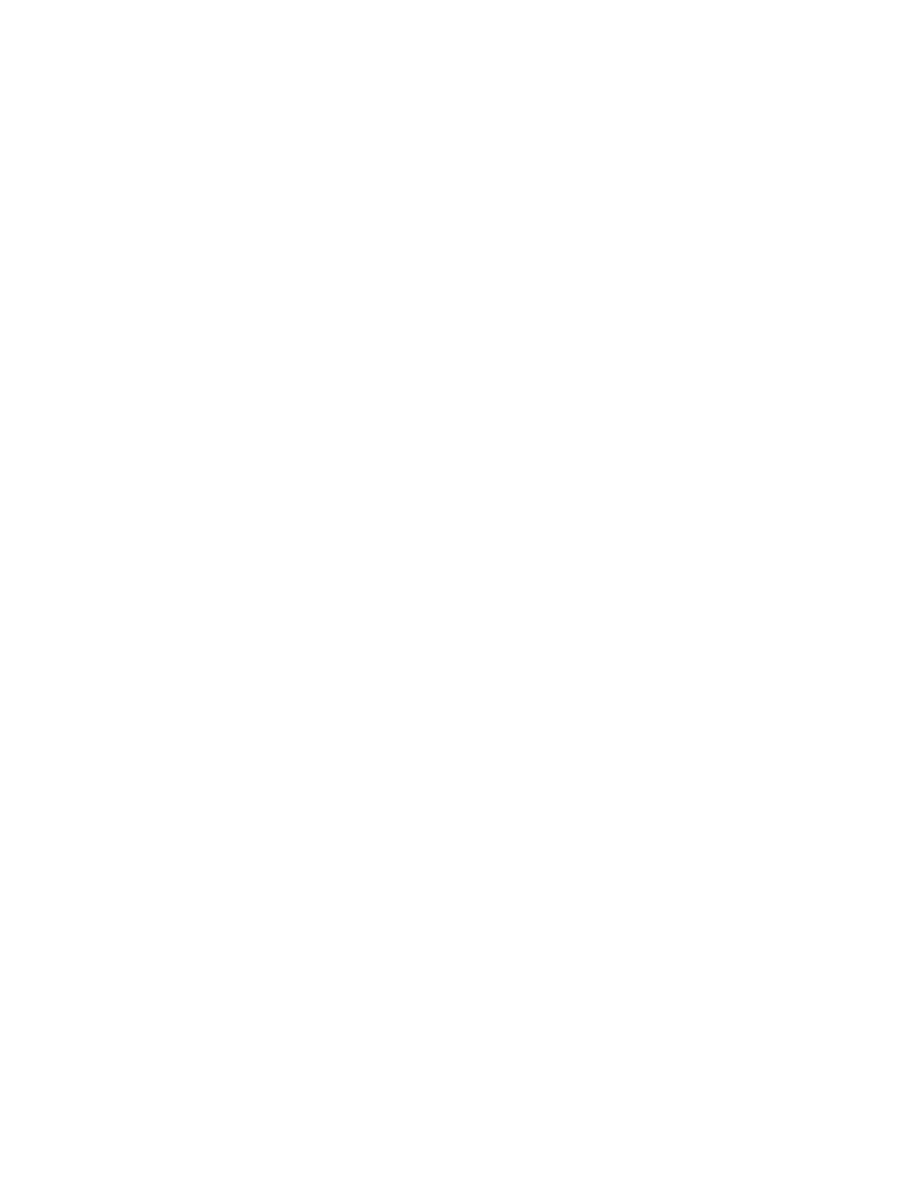
689
Federal Aviation Administration, DOT
§ 91.107
weather reports and forecasts, fuel re-
quirements, alternatives available if
the planned flight cannot be com-
pleted, and any known traffic delays of
which the pilot in command has been
advised by ATC;
(b) For any flight, runway lengths at
airports of intended use, and the fol-
lowing takeoff and landing distance in-
formation:
(1) For civil aircraft for which an ap-
proved Airplane or Rotorcraft Flight
Manual containing takeoff and landing
distance data is required, the takeoff
and landing distance data contained
therein; and
(2) For civil aircraft other than those
specified in paragraph (b)(1) of this sec-
tion, other reliable information appro-
priate to the aircraft, relating to air-
craft performance under expected val-
ues of airport elevation and runway
slope, aircraft gross weight, and wind
and temperature.
§ 91.105
Flight crewmembers at sta-
tions.
(a) During takeoff and landing, and
while en route, each required flight
crewmember shall—
(1) Be at the crewmember station un-
less the absence is necessary to per-
form duties in connection with the op-
eration of the aircraft or in connection
with physiological needs; and
(2) Keep the safety belt fastened
while at the crewmember station.
(b) Each required flight crewmember
of a U.S.-registered civil aircraft shall,
during takeoff and landing, keep his or
her shoulder harness fastened while at
his or her assigned duty station. This
paragraph does not apply if—
(1) The seat at the crewmember’s sta-
tion is not equipped with a shoulder
harness; or
(2) The crewmember would be unable
to perform required duties with the
shoulder harness fastened.
[Doc. No. 18334, 54 FR 34294, Aug. 18, 1989, as
amended by Amdt. 91–231, 57 FR 42671, Sept.
15, 1992]
§ 91.107
Use of safety belts, shoulder
harnesses, and child restraint sys-
tems.
(a) Unless otherwise authorized by
the Administrator—
(1) No pilot may take off a U.S.-reg-
istered civil aircraft (except a free bal-
loon that incorporates a basket or gon-
dola, or an airship type certificated be-
fore November 2, 1987) unless the pilot
in command of that aircraft ensures
that each person on board is briefed on
how to fasten and unfasten that per-
son’s safety belt and, if installed,
shoulder harness.
(2) No pilot may cause to be moved
on the surface, take off, or land a U.S.-
registered civil aircraft (except a free
balloon that incorporates a basket or
gondola, or an airship type certificated
before November 2, 1987) unless the
pilot in command of that aircraft en-
sures that each person on board has
been notified to fasten his or her safety
belt and, if installed, his or her shoul-
der harness.
(3) Except as provided in this para-
graph, each person on board a U.S.-reg-
istered civil aircraft (except a free bal-
loon that incorporates a basket or gon-
dola or an airship type certificated be-
fore November 2, 1987) must occupy an
approved seat or berth with a safety
belt and, if installed, shoulder harness,
properly secured about him or her dur-
ing movement on the surface, takeoff,
and landing. For seaplane and float
equipped rotorcraft operations during
movement on the surface, the person
pushing off the seaplane or rotorcraft
from the dock and the person mooring
the seaplane or rotorcraft at the dock
are excepted from the preceding seat-
ing and safety belt requirements. Not-
withstanding the preceding require-
ments of this paragraph, a person may:
(i) Be held by an adult who is occu-
pying an approved seat or berth, pro-
vided that the person being held has
not reached his or her second birthday
and does not occupy or use any re-
straining device;
(ii) Use the floor of the aircraft as a
seat, provided that the person is on
board for the purpose of engaging in
sport parachuting; or
(iii) Notwithstanding any other re-
quirement of this chapter, occupy an
approved child restraint system fur-
nished by the operator or one of the
persons described in paragraph
(a)(3)(iii)(A) of this section provided
that:
VerDate Sep<11>2014
14:00 Mar 14, 2024
Jkt 262047
PO 00000
Frm 00699
Fmt 8010
Sfmt 8010
Q:\14\14V2.TXT
PC31
aworley on LAPBH6H6L3 with DISTILLER
